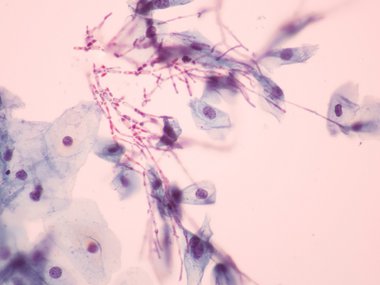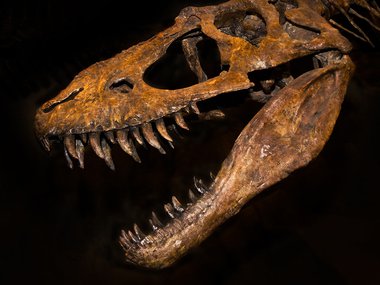Question Your World: Which New Relative of Ours Was Discovered?
Thanksgiving time is here! When we are given a chance to sit around the table together with loved ones and for better or worse, we get a chance to learn more about our own family. Of course when we learn more about our family it’s usually something about a relative’s political views, engagement news, a baby on the way, job promotions and so on. Scientists too have been studying our family and have some remarkable news to share with us this holiday season. Which new relative of ours was discovered?
The family tree for us humans has a lot of interesting members. A team of researchers studying some of our oldest and most ancient family members recently came across a huge discovery. This discovery is not only giving us a new family member, but is also reshaping how we think about ourselves.
We are unique animals on this planet for sure. Our traits are what make us so unique, like the way we communicate, our technology, and even more basic things like how we walk. The human family is bipedal, meaning we walk on two legs, but where did that unique trait come from? Previously scientists have traced our upright walking lineage to Australiopithicans like the famous fossils of Lucy, which date back 3.5 million years. Just a few years ago another discovery of fossilized upright walking footprints pushed proof of bipedalism back to 5.7 million years. Now, the latest discovery is pushing upright walking back to a whopping 11.6 million years!
These fossils belong to an ancient ape-like species being called Danuvius guggenmosi. By analyzing the fossils, researches noticed how Danuvius had two stone legs capable of keeping itself upright. Also, its hands were smaller than those needed for the gorilla-like knuckle walk, making this creature a perfect candidate for an early upright walking being.
Researchers say that most likely this animal would walk on two legs while using it’s hands to help grab surrounding vegetation as it made its way around, a process called extended limb clambering. For a very human analogy, imagine a toddler learning to walk on two legs while grabbing things around it to help gain balance. Over long periods of time these slight changes all happened as reactions to environmental changes that would favor these adaptations.
This fossil helps scientists add another puzzle piece to the story of evolution and adds another upstanding member of our family. From our bipedal family to yours, happy Thanksgiving everyone!


